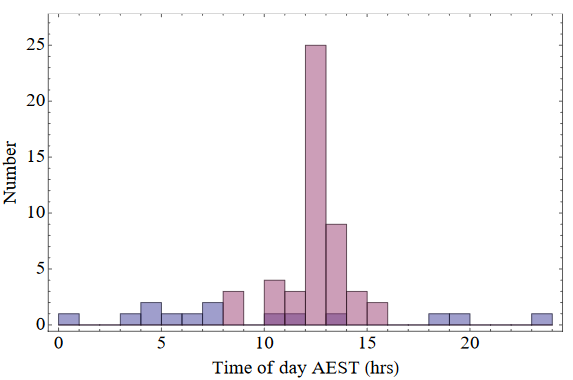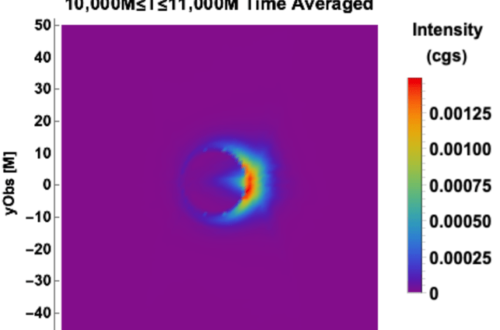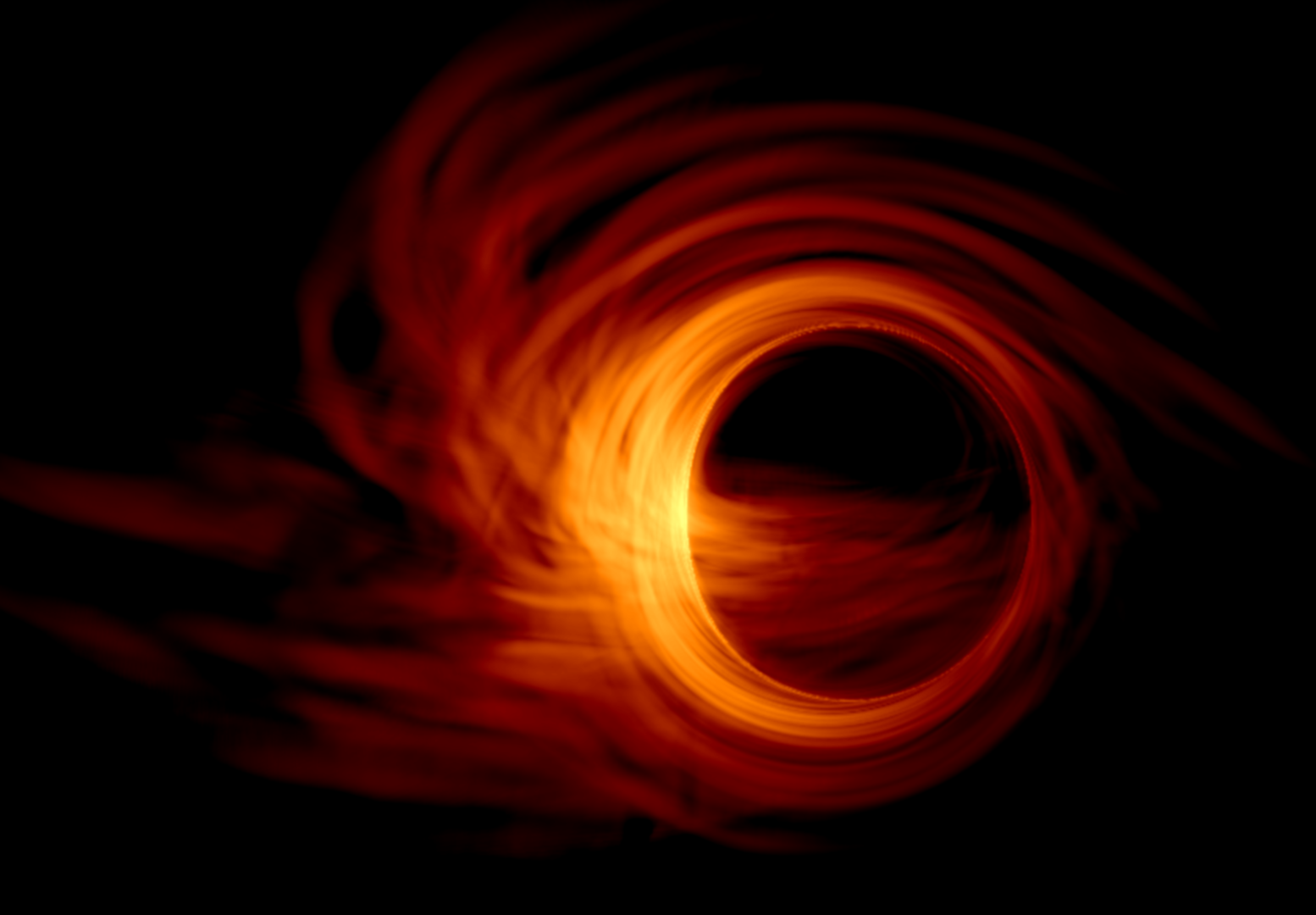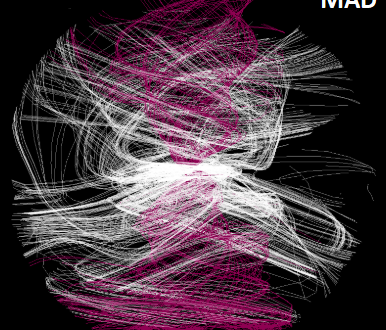In these last few years many fields in astrophysics have been advancing at an amazing rate. One of the fastest has been the study of the so-called “fast radio bursts” (or FRBs).
As the name implies, FRBs are flashes of radio emission that happen extremely fast – down to a few milliseconds. This short duration makes them very challenging to detect, so the first FRB was only detected in 2007 at a facility called the Parkes Observatory.
To complicate the picture, earlier on the Parkes Observatory detected another type of never seen before transient, called “perytons”. Early on it became clear that while it was possible for FRBs to be of astronomical origins, perytons were likely originated somewhere on Earth. More FRBs were detected at Parkes, but not at other telescopes, so their connection with perytons remained very unclear.
Enter my favourite plot in the history of astrophysics, made by dr. Emily Petroff (whom I actually met during my PhD, since she was working in Amsterdam at the same time – if you’re reading this, hi Emily!):

The blue lines correspond to FRBs, the red ones to perytons. The very few FRBs happen at any time, but the perytons….prefer lunch break. It turned out that what was causing them was a malfunctioning microwave, and if somebody opened the door before the timer ran to 0, the telescope would detect a burst of emission. This was reported in 2015 – 8 years after the discovery of the first FRB!
In the 5 years that have passed since, few fields have advanced as quickly as the study of FRBs. Today we know that FRBs repeat, that some happen in our own galaxy but most are extra-galactic, and that they are likely caused by young, highly magnetised neutron stars called magnetars. We also finally have more FRBs than theories for what could be causing them…quite a long way from “well, we may have issues with the microwave…”!




